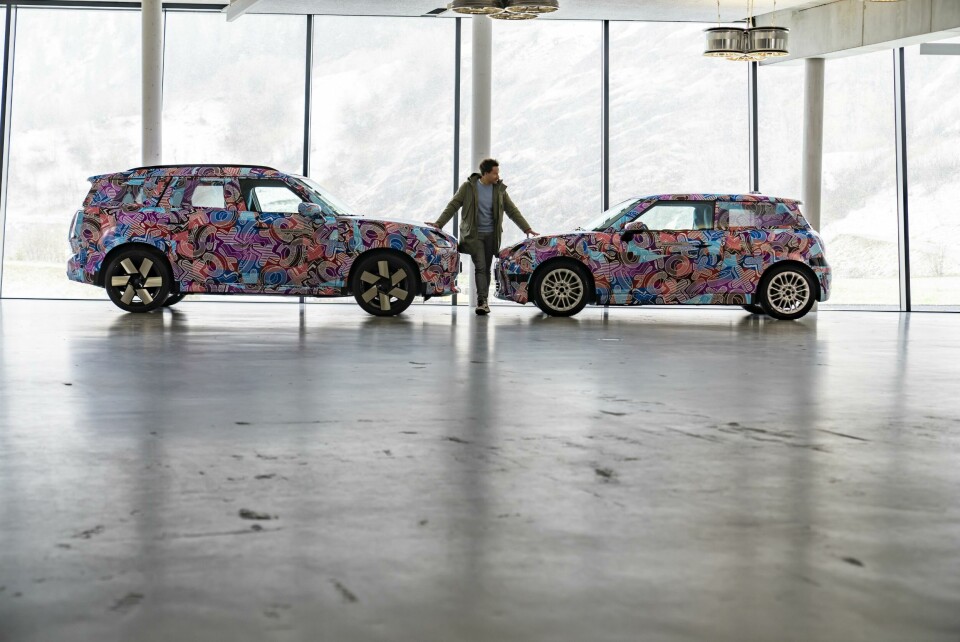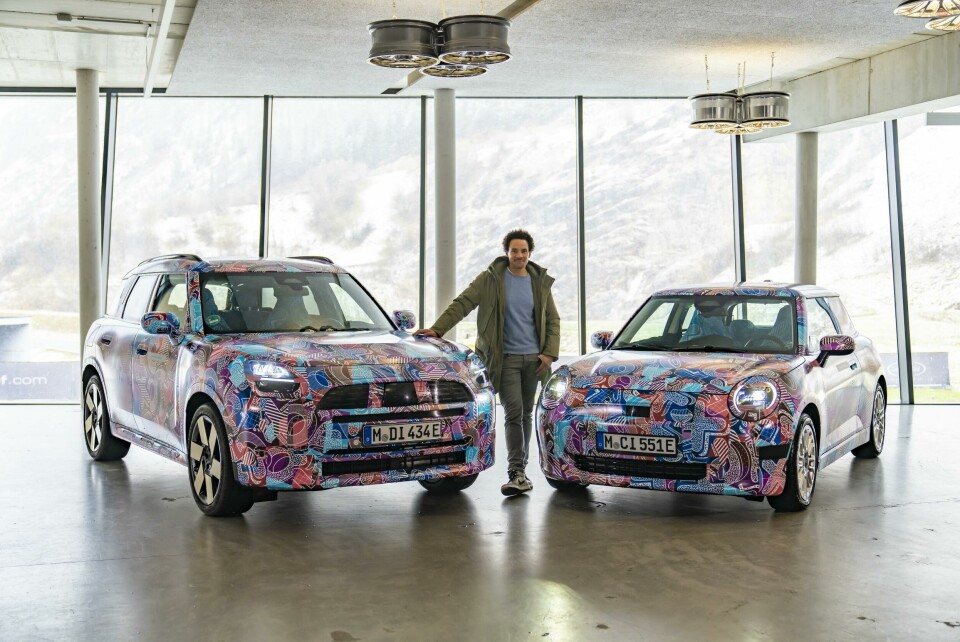
Mini targets authenticity as bigger models come in
Head of design Oliver Heilmer speaks to Car Design News about Mini’s new design language and how it must stay true to the brand experience
Following the reveal of the Aceman concept some time back now, Mini has shared more insight into its upcoming design refresh. Dubbed ‘Charismatic Simplicity’, the new design language comes amid the introduction of a new, larger model to the Mini family.
Indeed, the Aceman was a preview of this new model – the brand’s first ever concept – and so part of the challenge was ensuring that “Mini feeling” remains intact as its physical proportions swell. But it’s not all about size, with new emphasis on lighting, a modern, minimalist interior and newly interpreted wheel designs.

Head of Mini design, Oliver Heilmer, describes the move as a “complete rethink” of the iconic Mini but maintains that the traits of emotion and functionality remain central. The design team first started working on this new language back at the start of 2018 and at the time was not explicitly defined as a specific project and instead was seen more of a gradual process. “Everyone in the team now is living ‘charismatic simplicity’, it became a part of our DNA,” Heilmer tells Car Design News.
There is plenty going on with the exterior, but arguably more with the interior. A new round OLED display harks back to the Minis of old but brings the brand into the future. This 240mm diameter touchscreen display combines instrument cluster functionality and the on-board monitor. We can see how this might look from the Aceman concept, shown in the gallery below.
Elsewhere, the material selection will focus on sustainability – which should surprise nobody at this stage – and particularly when it comes to the steering wheel and seats. The wheel was apparently given a “fundamental redesign” and now sports a two-spoke look with a fabric finish. Colour is making a comeback, too which will please some of our readers (and writers!) with new patterns and finishes adding extra points of interest.
Outside, and there will also be a totally new approach to the wheel design that focuses on aerodynamics and reducing the visual proportions of the new, larger Mini. The graphic design uses contrasting colours to “create the illusion of size” according to the brand, but also improves aerodynamic qualities and thus driving range. Heilmer explains the importance of this area of design, particularly at a time where many EVs have sported flush, dinner plate-style wheel covers.
“Wheel design for Mini is very important because it opens up the possibility for our customers to express themselves,” he says. “Our wheel designs don’t appear as a Monoculture, they are entirely different to each other – like our customers.”
At this stage the design team is only hinting at the direction of Mini design and – as illustrated by the heavily camouflaged prototypes – there is more to reveal down the road. A niggling question for the CDN team has been how larger cars in the model family will retain that Mini feeling. These have been small cars by name and nature – will a crossover feel different? Heilmer doesn’t think so.
“The Mini Feeling is more than the physical size, it’s about the brand experience, the interaction, materials, look and feel, driving dynamics,” he explains. “This will all be combined with the needs of our future customers.” Those with families, he adds, “should also have the opportunity to drive their love of the Mini brand [but] it’s important that our products and characters remain authentic.”
















